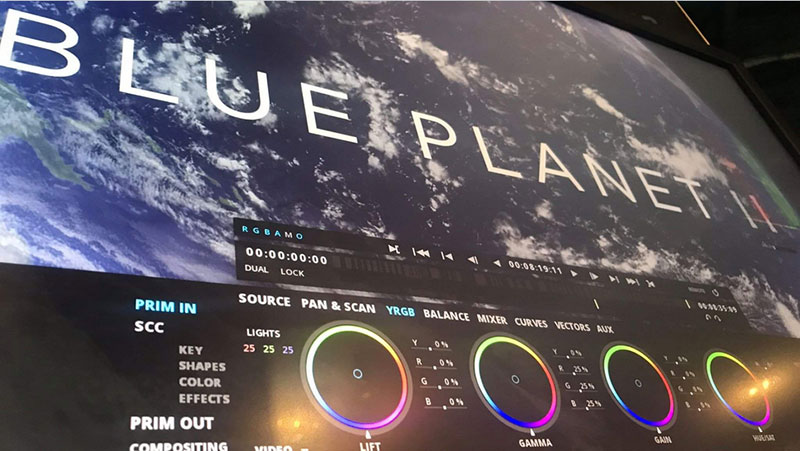Marquise integrated V-Nova’s VC-6 compression into its post software, increasing the range of ingest and egress formats the software supports, and making new video codecs available users.

Marquise Technologies, specialist in systems and services for digital cinema post-production, broadcast and OTT content providers, has integrated V-Nova’s VC-6 compression format into its suite of post-production tools. This change increases the range of ingest and egress formats the software supports, and makes up-to-date video codecs available to Marquise’s customers. VC-6 is a multi-layer coding standard that utilises in-loop AI techniques, developed for denoising/deblocking to further increase coding efficiency.
Marquise adopted VC-6 for its distinctive approach to video coding. It achieves efficient compression and speed in both lossless and lossy modes, and can be implemented efficiently in software on both the CPU and GPU. Its capability to produce high quality, lower resolution proxies and region-of-interest decoding makes it particularly suitable for new 4K, 8K and larger cloud-based production workflows.
VC-6’s approach to compression is not based on transforms, such as DCT or wavelet, but instead employs a hierarchical series of S-Trees, directional transforms and AI-tuned image processing – re-using the same structures at different resolutions – a capability that makes the codec extremely fast when implemented in software.
It creates an image in a range of resolutions in a hierarchy, and then encodes the residual data – or differences – between the levels with a low-complexity approach. S-trees are made up of nodes arranged in a tree structure in which each node links to multiple nodes in the next level. Compression is achieved using metadata to signal whether levels can be predicted by selectively carrying enhancement data in the bitstream. The more data that can be predicted, the less information will have to be carried, and the better the compression ratio.
VC-6 metadata allows large numbers of the S-trees to be omitted, even from detailed layers. VC-6’s hierarchical structure also requires decoding only up to the resolution you need from the different layers within the file, using less bandwidth and speeding up transfer times.
A direct advantage for the post-production industry is that no re-encoding is necessary for viewing the content at any alternative resolution. This becomes a key feature when the media is stored outside a LAN, and the viewing device is not a 4K or 8K reference monitor.
“Adding VC-6 to our product range opens new working opportunities for our customers, particularly today with the need to work on remote content with accuracy and ease. We are also excited about the imminent standardisation of VC-6 carriage within MXF, which will facilitate the adoption of this format for upcoming broadcast and online post-production workflows,” said Laurence Stoll, CEO at Marquise Technologies.
“We’re excited to witness a top-end developer like Marquise adopt VC-6 and expand its ecosystem and platform availability. This addition will put VC-6 and its capabilities at the disposal of the major post-production facilities, accelerating their move to higher resolution workflows. We will continue to work closely with Marquise and support the rapid adoption of its high quality products and systems.” said Guido Meardi, CEO at V-Nova. www.marquise-tech.com




